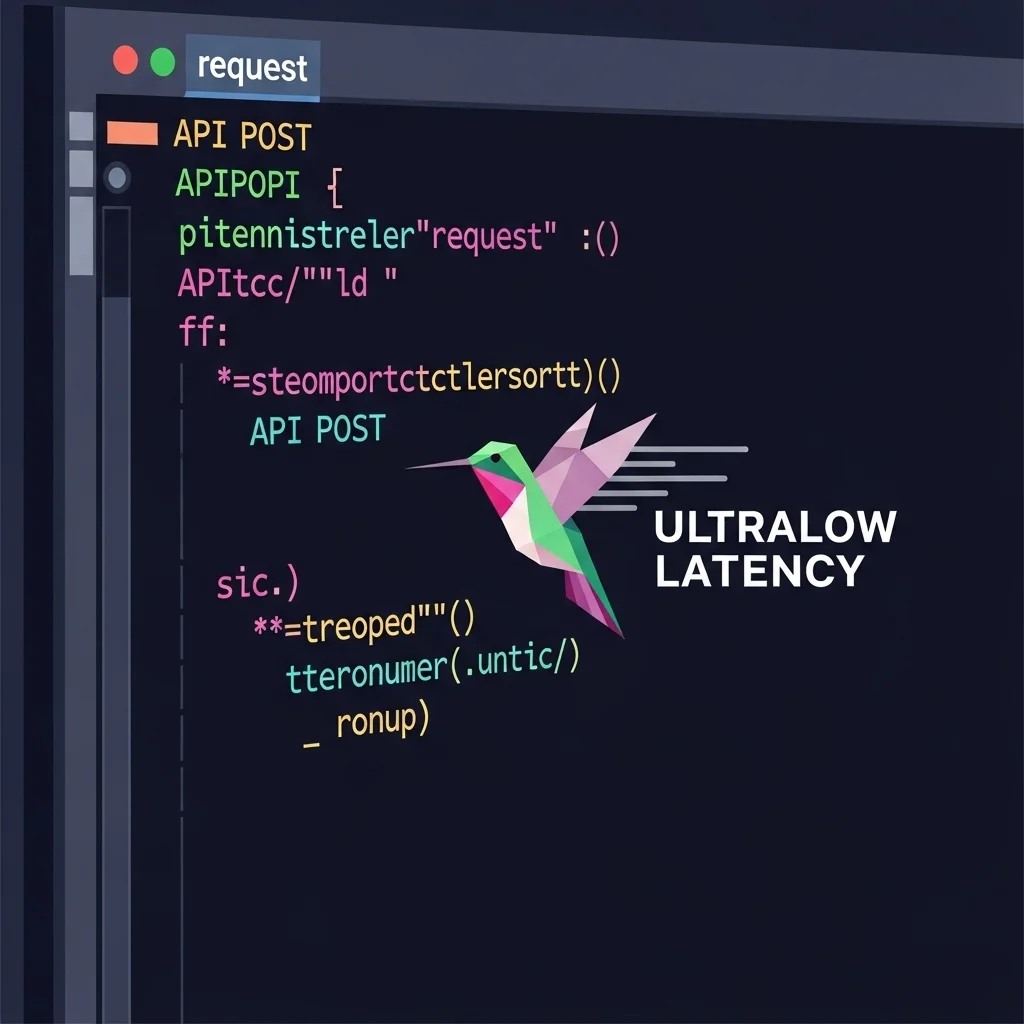Claude Haiku 4.5 is Anthropic's new compact frontier model that blends speed and scalability with powerful coding and agent capabilities. In this post I explain what the model can do, where it fits, and which practical decisions you need to take as a developer or tech decision-maker.
Have you ever wondered whether a small model can truly deliver frontier-level performance?
A short, personal overview
What strikes me is that Haiku 4.5 addresses a very practical problem: organisations want frontier-level intelligence, but not always at frontier-level cost or latency. Anthropic positions Haiku 4.5 as a very fast, cost-conscious variant that matches the larger Sonnet models on key tasks. Recent independent analyses and integrations show that Haiku 4.5 is especially strong at coding, agent work and real-time computer-use workflows.
Actionable insight:
Use Haiku 4.5 for latency-sensitive production workflows and sub-agent orchestration.
Consider hybrid architectures in which Sonnet 4.5 handles complex planning and multiple Haiku 4.5s execute the plan.
Pay attention to safety and evaluation; validate outputs with tests and retrieval pipelines before releasing the model into production.
What is Claude Haiku 4.5 in a single sentence?
Claude Haiku 4.5 is Anthropic's newest compact model in the 4.5 generation, designed to deliver near-frontier performance on tasks such as code generation, tool use and agent work, at far lower latency and operational cost than the biggest models. In practice that means quicker responses, less waiting and therefore a better user experience in real-time applications.
Anthropic recently published model details and benchmark results, including a strong score on SWE-bench Verified for programming tasks. Multiple analyses, from technology publications to cloud providers, indicate that Haiku 4.5 approaches the performance of larger "frontier" models in many practical scenarios, while running far more efficiently. That opens up new possibilities, especially for use cases that need lots of parallelisation and rapid iteration.
Why this matters to developers and product owners
Imagine you have a product with thousands of concurrent users asking for real-time assistance. In our experience latency is often a bigger bottleneck than a few percentage points of additional benchmark quality. Haiku 4.5 is built for exactly these situations. The model becomes attractive when you want agents that make fast decisions and drive tools, for example CI workflows, live code assistance or customer tickets with automated actions.
Pro-tip: pair Haiku 4.5 with a retrieval-augmented setup and a tight prompt-hygiene layer. That gives you both speed and consistency. Pay close attention to this: test edge cases for privacy and hallucinations with automated test sets and human review.
Technical highlights and integration options
Anthropic stresses that Haiku 4.5 performs well on code benchmarks and agentic workflows. Practical integrations are already appearing: GitHub Copilot is rolling out Haiku 4.5 in Copilot Chat and cloud providers are offering Haiku through their inference platforms. This means you can deploy Haiku 4.5 inside tooling you already use, with relatively small switches in the model picker or via your cloud provider's API.
An example of a simple API call, illustrative rather than complete, looks like this:
POST /v1/claude/haiku-4-5/generate
Authorization: Bearer <API_KEY>
Content-Type: application/json
{
"input": "Refactor this function for performance",
"max_tokens": 800
}
Use a call like this in a sandbox first and measure latency, throughput and token usage before going live. Don't forget instrumentation: log prompts, responses and confidence metrics for later audits.
A practical video that walks through the first tests and a hands-on demo can be found here: https://www.youtube.com/watch?v=VgaypFe2C7Q. The video provides hands-on examples, including code tests and agent scenarios, which aligns nicely with the technical claims made by Anthropic and independent reviewers.
What should you watch out for when moving to production?
The interesting thing is that Haiku 4.5 offers speed without major concessions on quality. Speed, however, means more responsibility. From our experience these are the main points of attention: input sanitisation, prompt versioning and a fallback to more robust models for high-risk decisions. Also ensure observability: latency percentiles, token cost per transaction and error frequency per use case.
Pay attention to security and compliance. If you run Haiku 4.5 through a cloud service, check availability zones, data residency and the provider's policy. For certain sectors, such as finance and healthcare, it remains vital that your model outputs are auditable and reproducible. At Spartner we use such evaluation pipelines combined with human review and automated test cases to keep risks manageable.
What makes Haiku 4.5 different from Sonnet 4.5?
Our observation is that the difference is mainly operational: Sonnet focuses on absolute frontier quality on complex reasoning tasks, while Haiku 4.5 hits a sweet spot between quality and speed. In practice you can use Sonnet for complex planning and Haiku for execution and scale.
Is Haiku 4.5 suitable for production code generation? 😊
Yes, Haiku 4.5 scores very well on code benchmarks and is already being used in tooling such as Copilot Chat. From our own tests: it is suitable, provided you add a test and QA cycle and run generated code through automatic lint and security scans.
How do you combine Haiku 4.5 with other models?
An effective pattern is orchestration: use a larger model variant for task decomposition and policy decisions and let multiple Haiku instances run parts of the task in parallel. This gives speed and scale without much loss of quality.
Which risks should you mitigate straight away?
Beware of hallucinations, unintended data leaks and context drift in long conversations. Add a retrieval-augmented layer, version your prompts and monitor outputs. In our experience this prevents most operational issues.
Can Haiku 4.5 drive real agents?
Yes, Anthropic positions Haiku 4.5 as strong in agentic workflows and computer use. In real-world setups it works well for sub-agents that handle repetitive tasks, provided there is governance and monitoring.
How do cloud integrations compare to on-premises deployments?
Cloud integrations are arriving quickly; AWS and other providers offer Haiku via their inference platforms. If you need strict data residency, check whether the provider offers a private deployment or dedicated tenancy. In our practice many SMEs start in the cloud and later evolve towards hybrid structures.
Where can I find more technical background and case studies?
Anthropic has published a model page and a system card with benchmarks and usage suggestions that you should study. For practical examples of how we integrate AI into workflows, read our posts on AI blog automation and agent implementations on the site, such as AI blog automation and AI chatbot customisation. Our case page also gives insight into production use: Our work 😊
How do I set up an acceptance test for Haiku 4.5?
Start with a set of representative prompts for your product. Define success criteria on output quality, latency and error margins. Automate regression tests and run an A-B comparison with your current model. From our experience it's wise to let users test in beta and shadow mode before fully switching over. See also our post on comparative LLM analysis: GPT-5 vs Claude Sonnet coding and the expectations around Claude 4.5: Claude 4.5 expectations.


